3DJAKE niceBIO Black, 2,85 mm / 2300 g
Bio-filament with excellent thermal & mechanical properties
€ 36,99 € 92,49 -60%
(€ 16,08 / kg, Price shown includes 23% VAT. - Excludes delivery costs)
Features & Advantages
- Made in EU
- High heat resistance
- Biodegradable
- High impact resistance
- Matt surface
Item no.: CLP-NICEBIO-BLACK-2300-285, Content: 2.300 g, EAN: 9120099286374
Product information & technical details
- Item no.: CLP-NICEBIO-BLACK-2300-285
- Manufacturer No.: NICEBIO-BLACK-2300-285
- Manufacturer: 3DJAKE
- Content: 2.300 g
- Diameter: 1,75 mm
- Product type: Organically Composed Filaments
- Color: Black
- Compatibility: Bambu Lab AMS*
- RAL colour: RAL 9017
- System: Spool
- Recommended processing temperature: 200-230 ° C
- Recommended heating temperature: 0 - 60 °C
Description
3DJake niceBio is a high-quality organic filament that is characterised by its excellent thermal and mechanical properties and is also biodegradable.
Since no heated print bed is required to print the material, it can be processed on almost any FDM printer. Models made with niceBio have the best layer adhesion and have a matt surface.
Key features of 3DJake niceBio
- Excellent thermal & mechanical properties
- High impact resistance
- Heat resistance up to approx. 145 °C
- Good layer adhesion
- Odour-free
- Matt model surface
- Biodegradable (according to DIN EN ISO 14855 standard)
Downloads
Questions & Answers about 3DJAKE niceBIO Black
Customer Reviews
1 English review written for 3DJAKE niceBIO Black
9 customer reviews in all languages
| 5 stars | | 9 | (52%) |
|---|---|---|---|
| 4 stars | | 4 | (23%) |
| 3 stars | | 1 | (5%) |
| 2 stars | | 3 | (17%) |
| 1 Stars | | 0 | (0%) |
17 reviews
1 customer review in English
9 customer reviews in all languages
-
Neither PLA nor PETG
Rated with 5 out of 5 stars.
This is a filament from another planet. Not easy to print like PLA therefore you'll need some adjustments to your slicer and once you are set, results will be very pleasing unlike any other filament type.
I had a failed print part that I wanted to test how durable it is. I left the failed print part (250*250 mm / 300 mm) outside directly under the sun for hours. Didn't melt or disintegrate.
Then I drove my quadbike on it back and forth. Didn't break.
Then I threw it against a rock over and over again. Didn't disintegrate but edges broke as any other material would.
Now I'm printing half a meter autonomous robot chassis in parts. It will be supported with rods going through but I wouldn't attempt such crazy thing in the first place if I didn't read the other reviews. Robot will carry huge batteries, heavy bldc motors so I have full faith in this material.
I have Ender 3 V2 with CR-touch autolevel and glassbed. Not everyone's settings will match yours because everyone have different printer. But in Ender 3 V2's case a successful print was made using the settings below:
Print quality 0.28 mm (half a meter robot does not require detail)
Initial layer height also 0.28
Line width: 0.4
Wall thickness 1.2
Wall line count 3
Top bottom thickness 1.12 mm
Top bottom layers 4
Printing temperature 230 C (from beinning to end)
Build plate temp 60 C (from beinning to end)
I kept temps high because of ender's glass bed. dropping temps would result edges to lift and layer shifts.
Print speed 40 mm/s
Wall speed 20 mm/s
Initial layer speed 15 mm/s
Fan Speed 100%
Initial fan speed 0%
Regular fan speed at height 0.84mm
Make sure you build some brim support around your object, it will help. In my case :
brim width 8.0 mm
brim line count 14
I spent at least 3 days to find the right setting for this filament/printer combo, I hope the next guy with Ender improve the settings above and post it here :)
I wish I had full metal hotend and better tube, my ender is full stock at the moment.Was this rating helpful? (10) (0)
Related products
Customers also bought
Magazine Articles:
Discover 3DJake:
-
Ireland: Free standard delivery from € 87,90
-
Free
returns More than 10.550 products
We deliver worldwide to
more than 40 countries
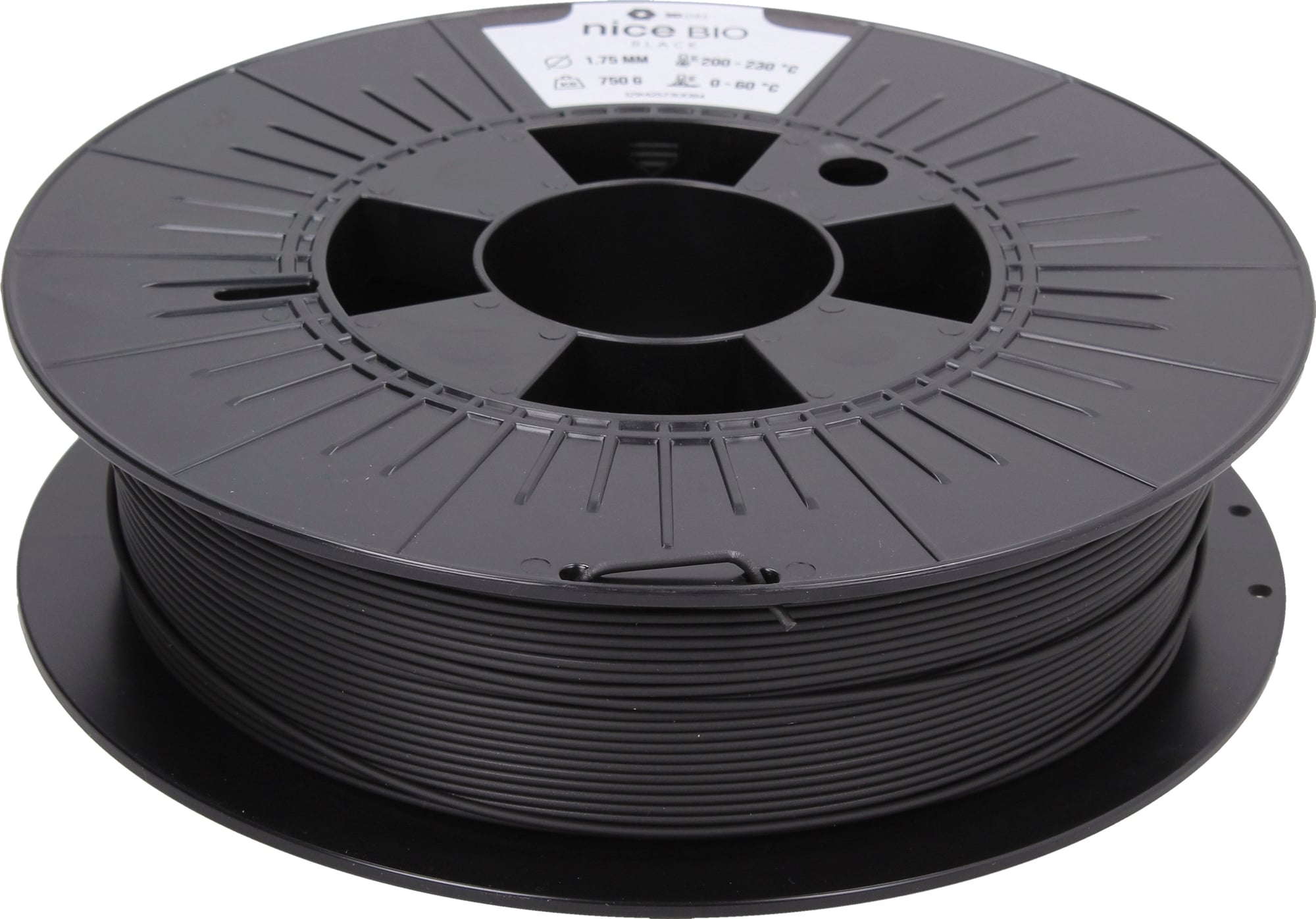

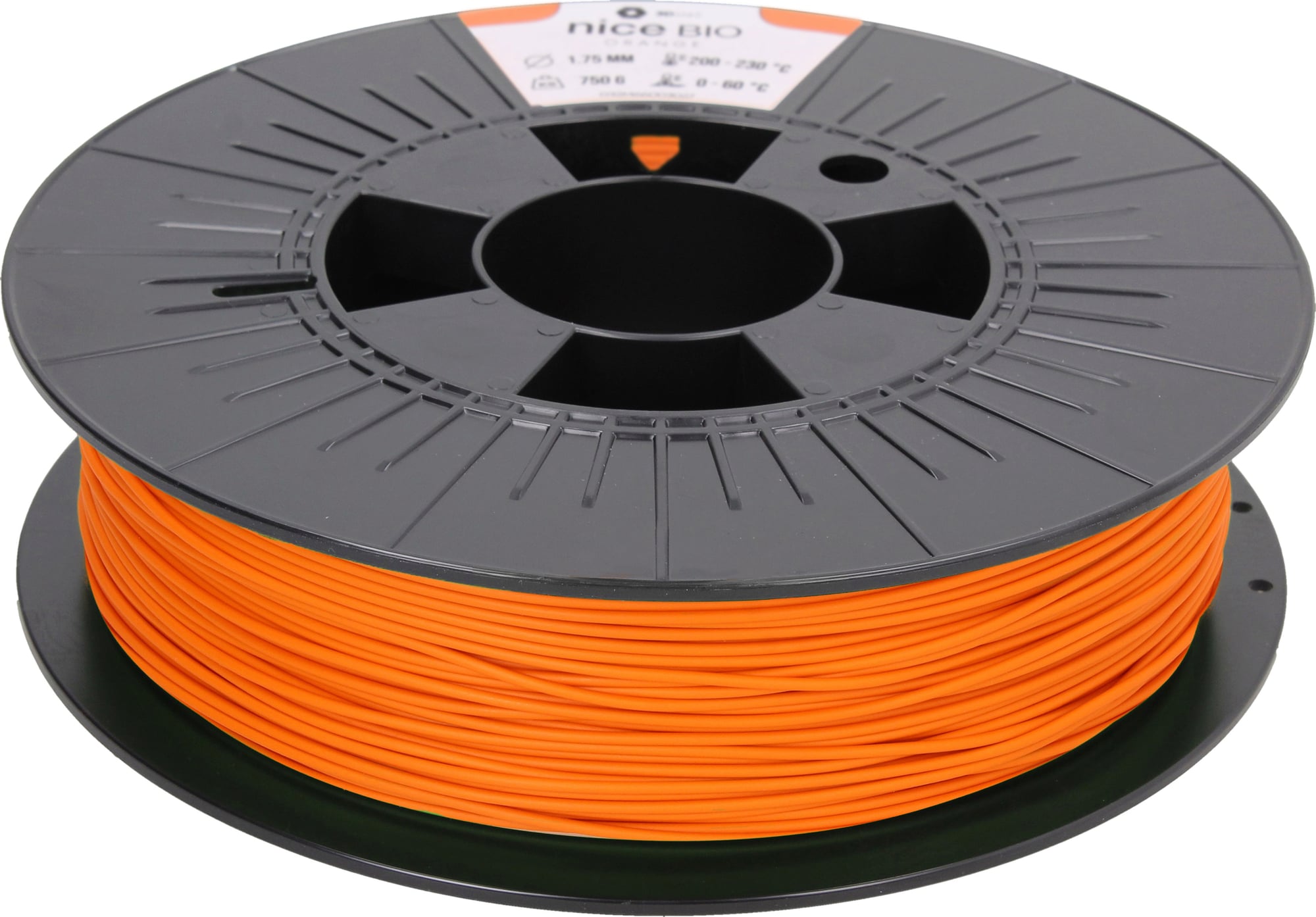
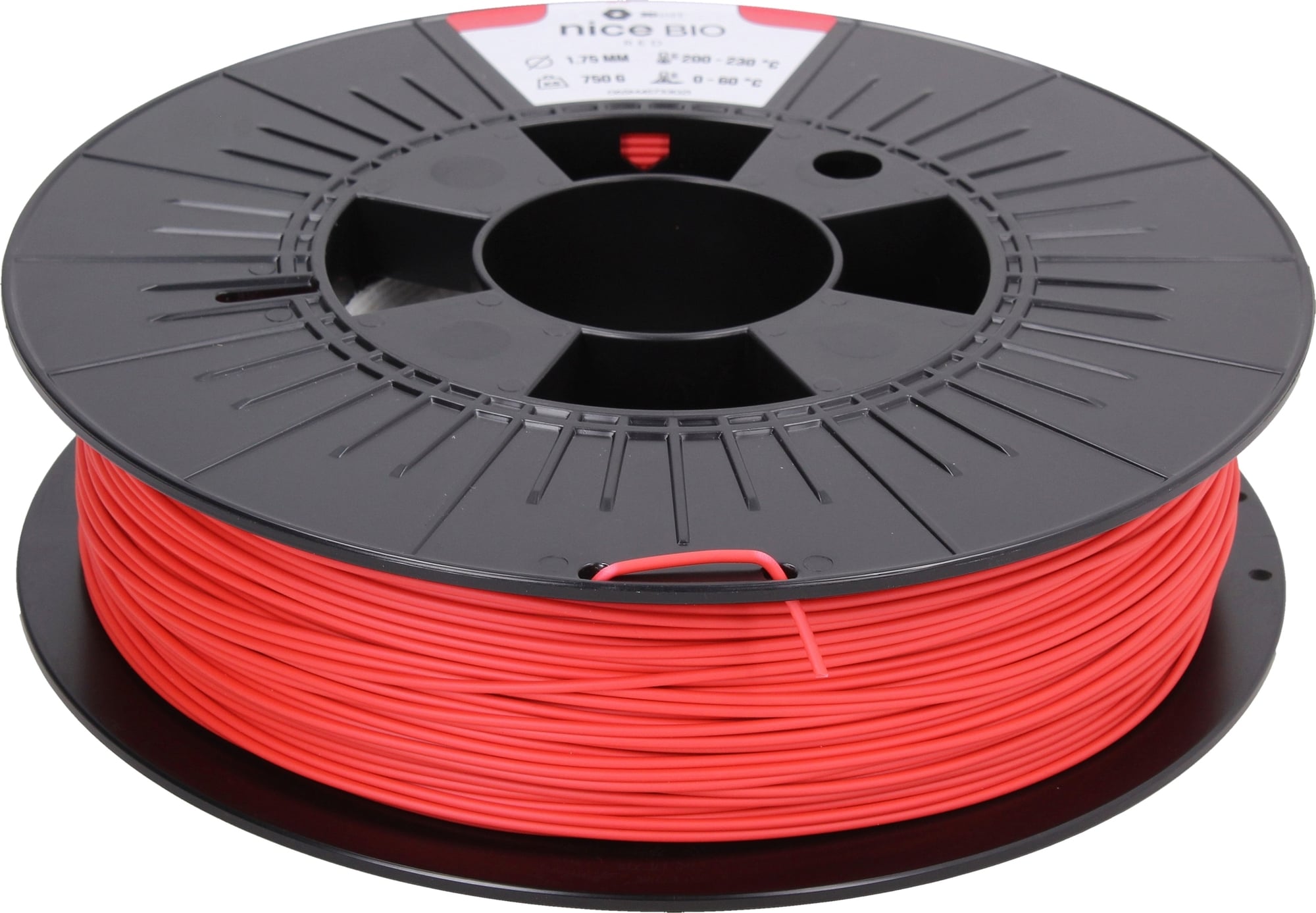
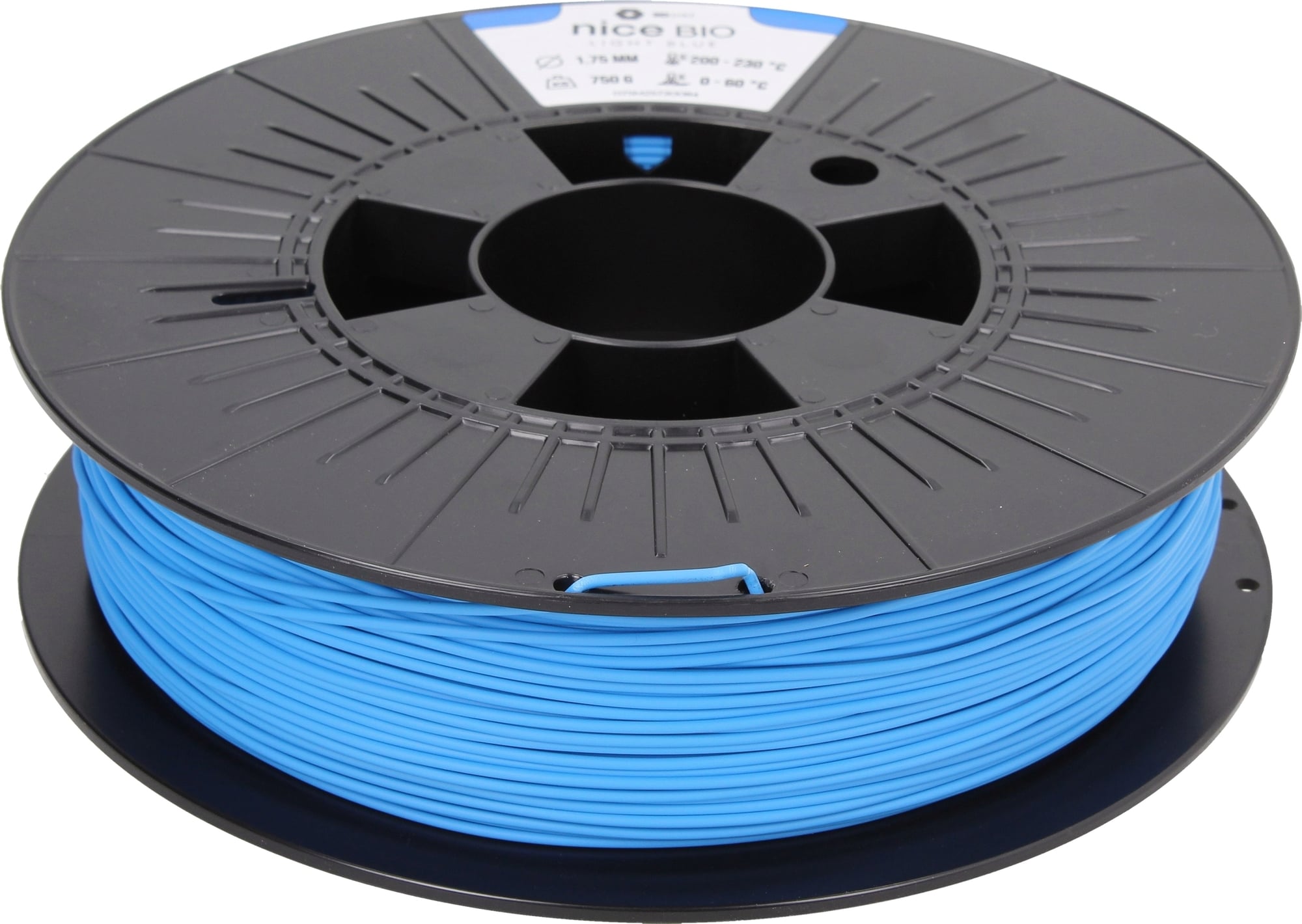
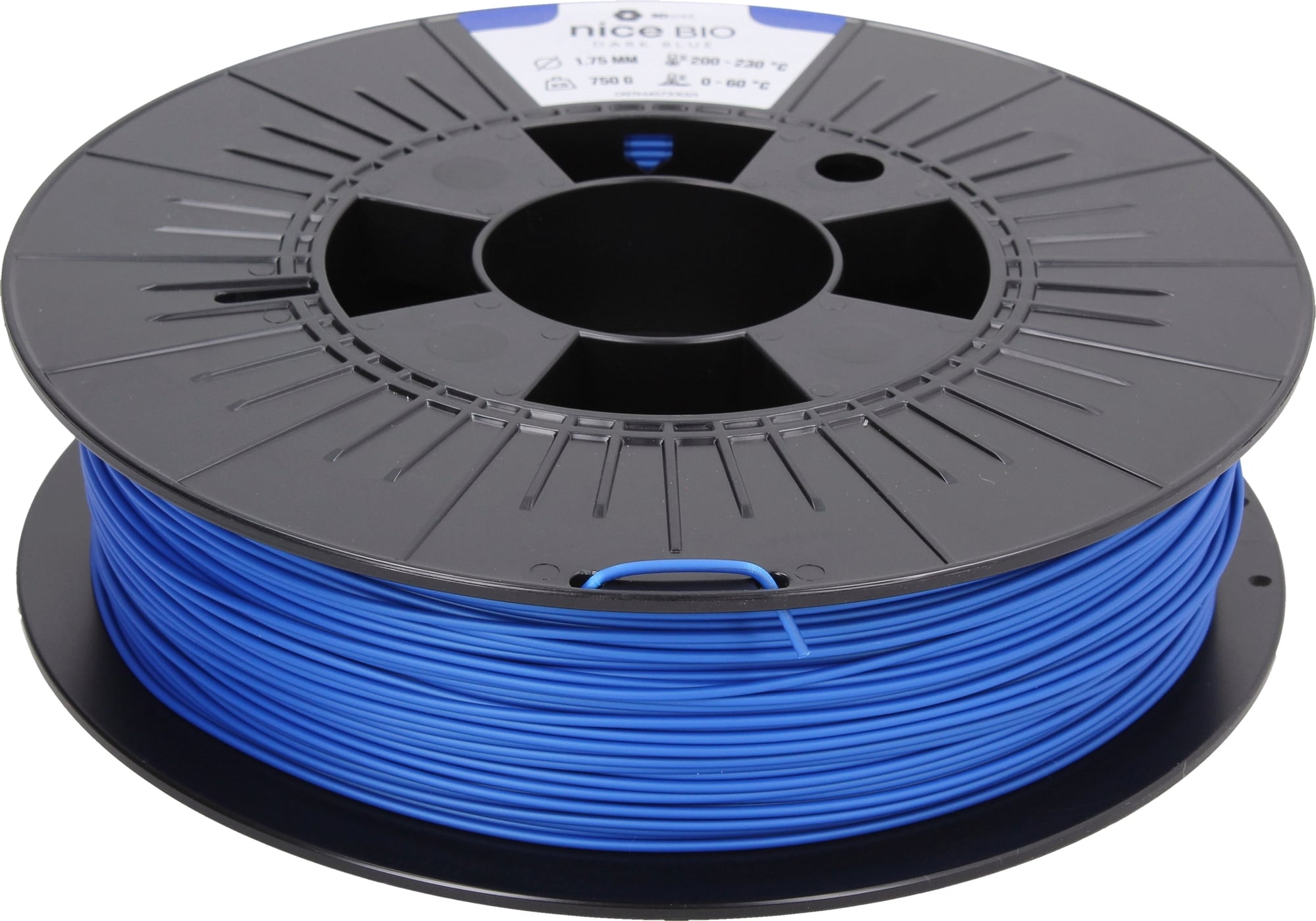
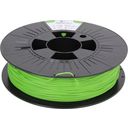
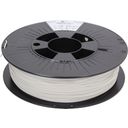
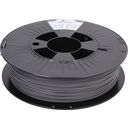
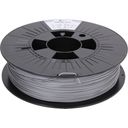
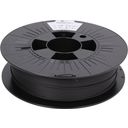
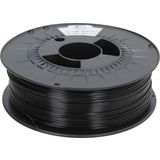
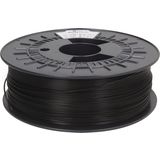
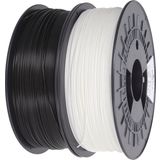
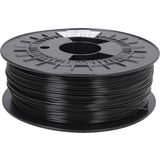
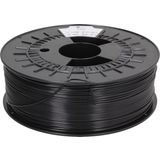
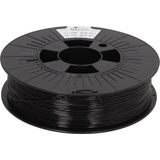
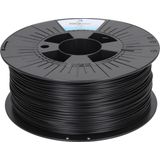
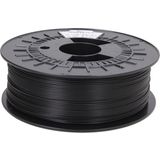
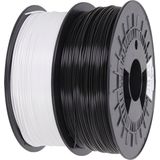
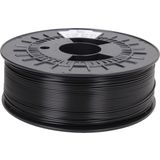
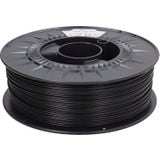
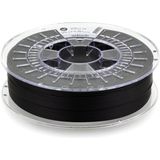
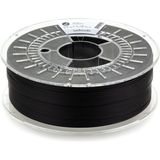
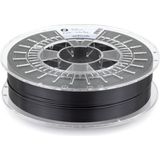
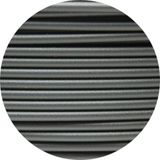
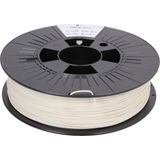
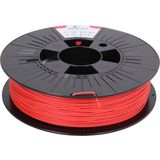
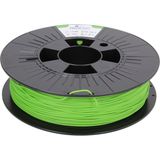
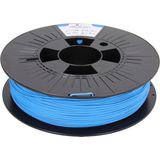






















No it is not 100% natural, there are other contents besides the PLA. It is industrially compostable. The testing conducted does not provide an analysis on degradation into microplastics, it only determines the ratio of waste products to the original sample, the waste product being carbon dioxide.